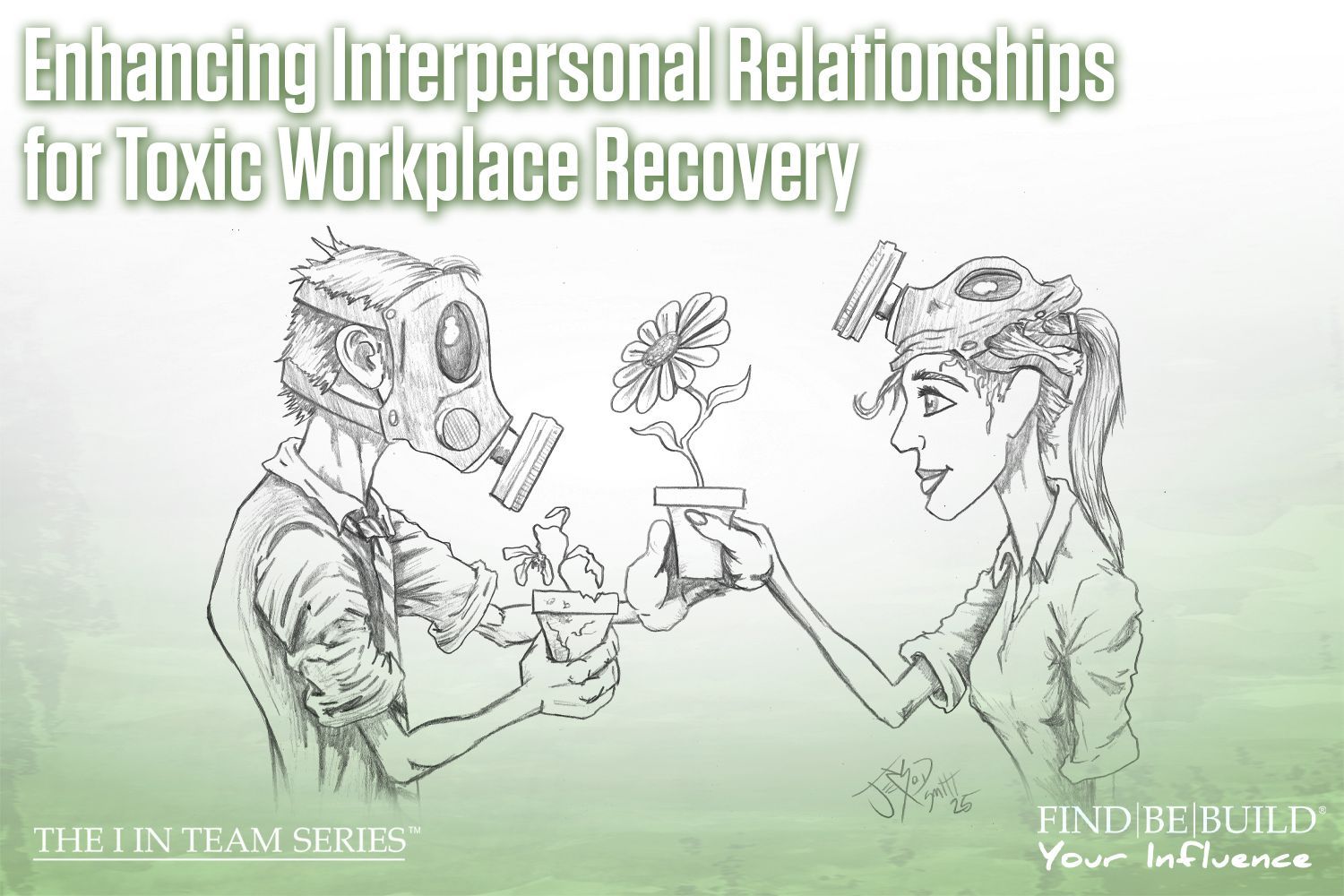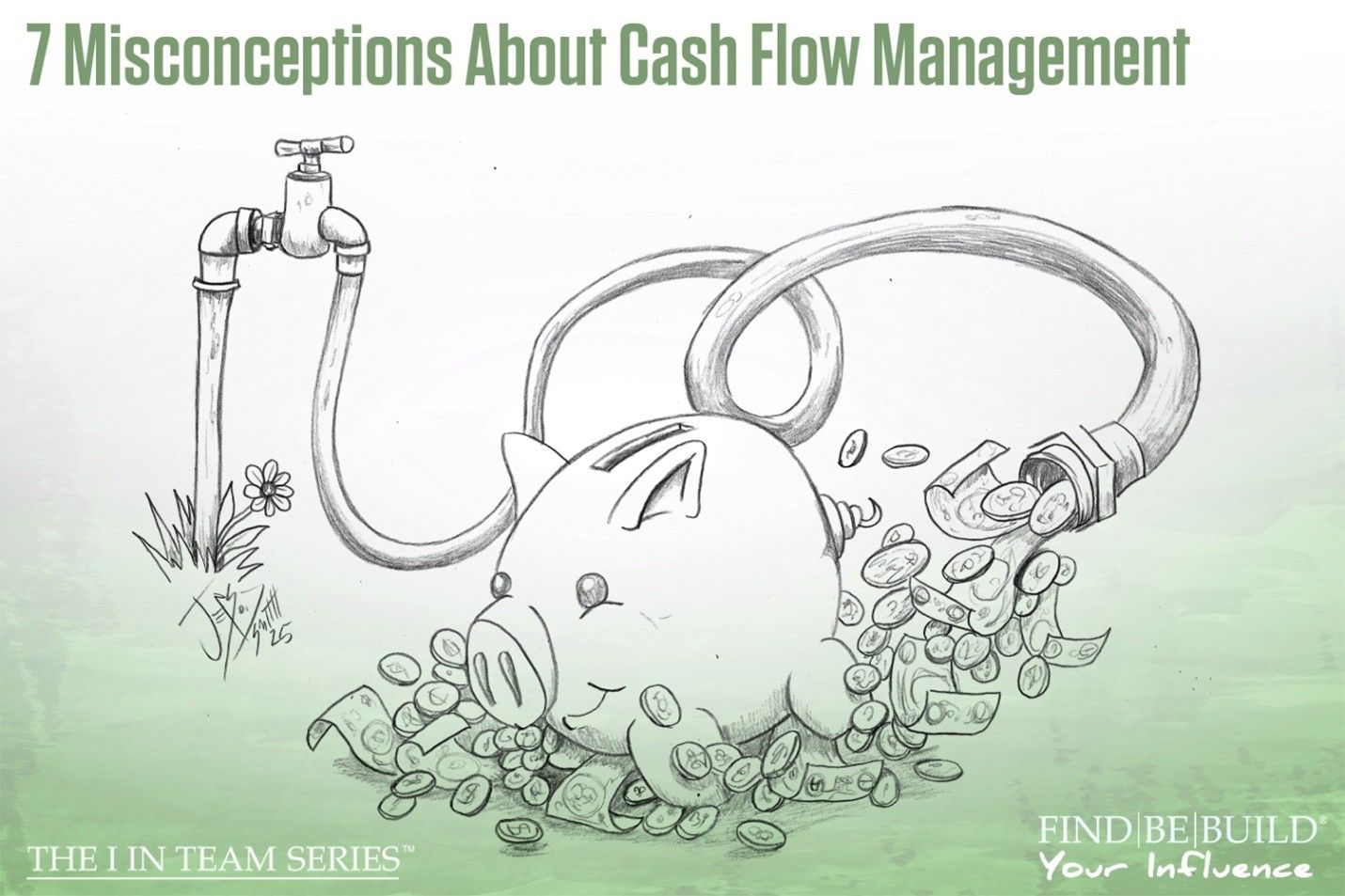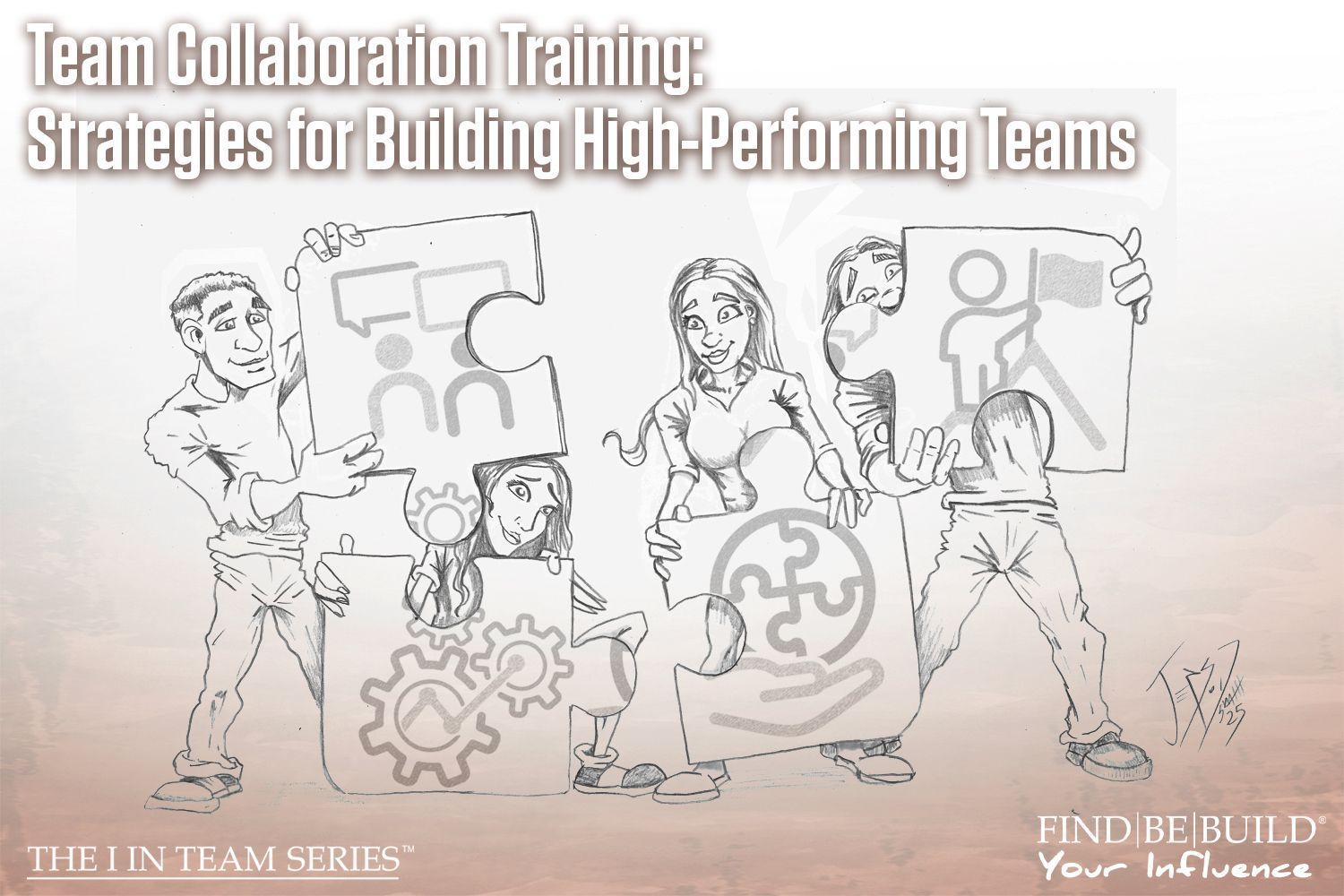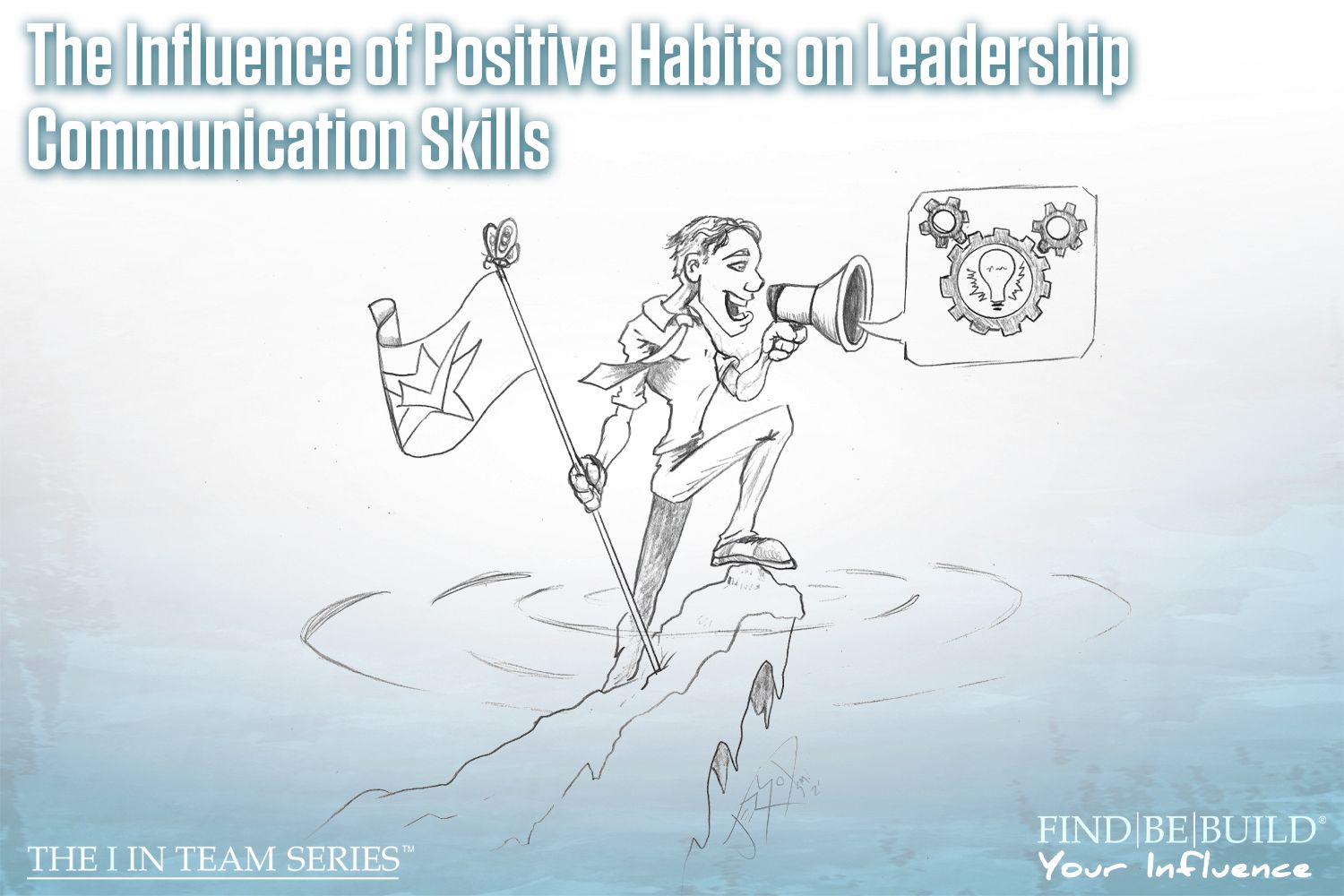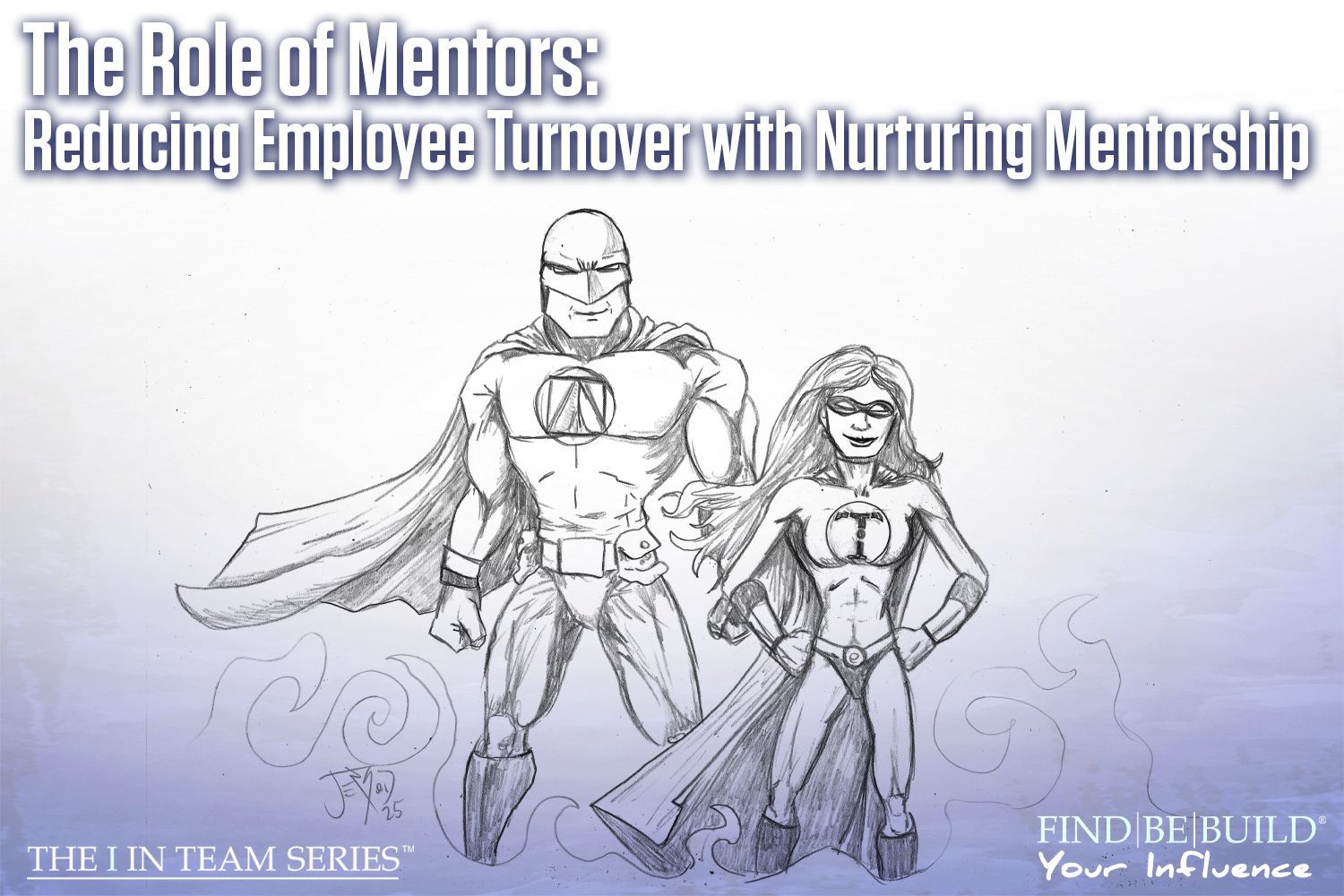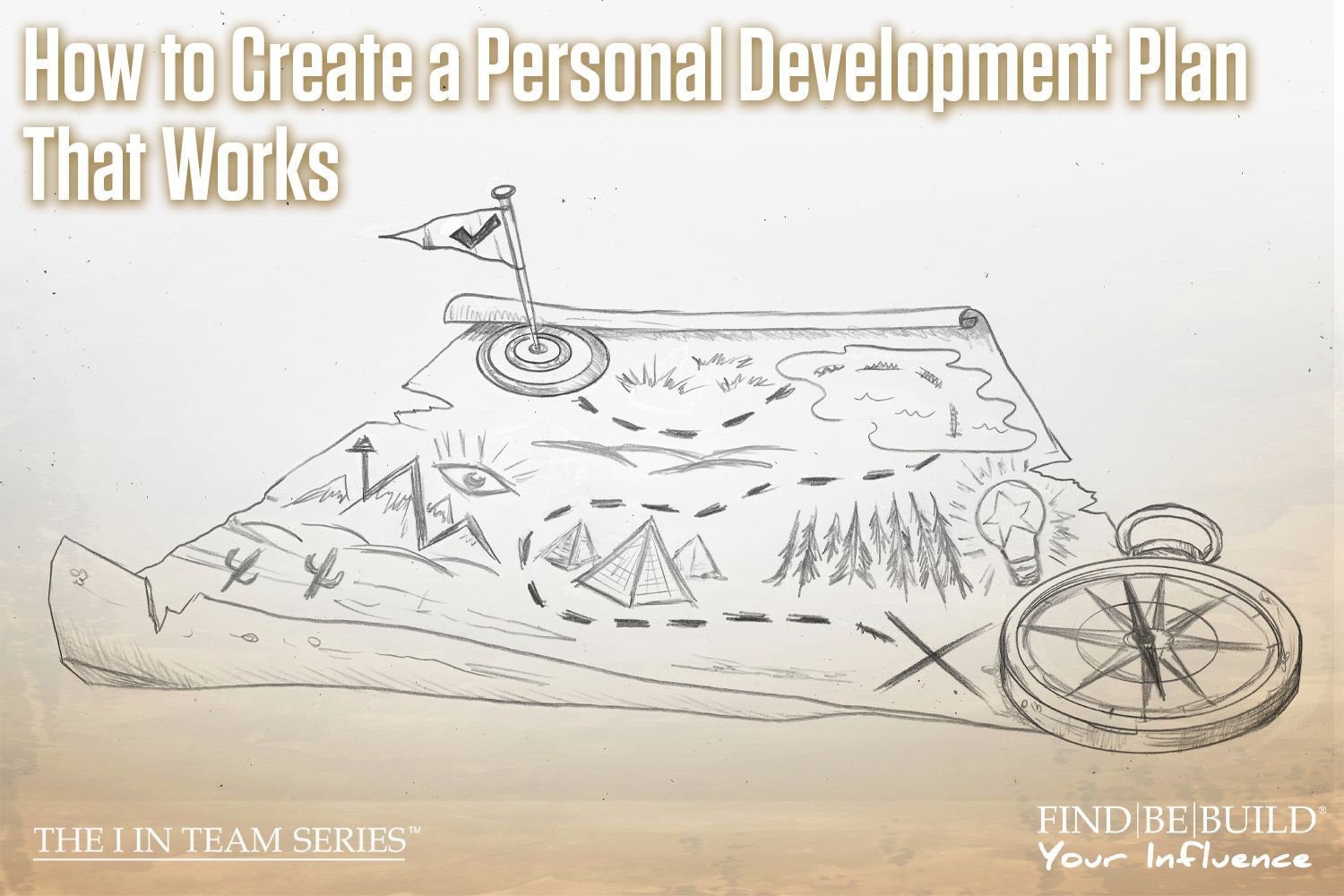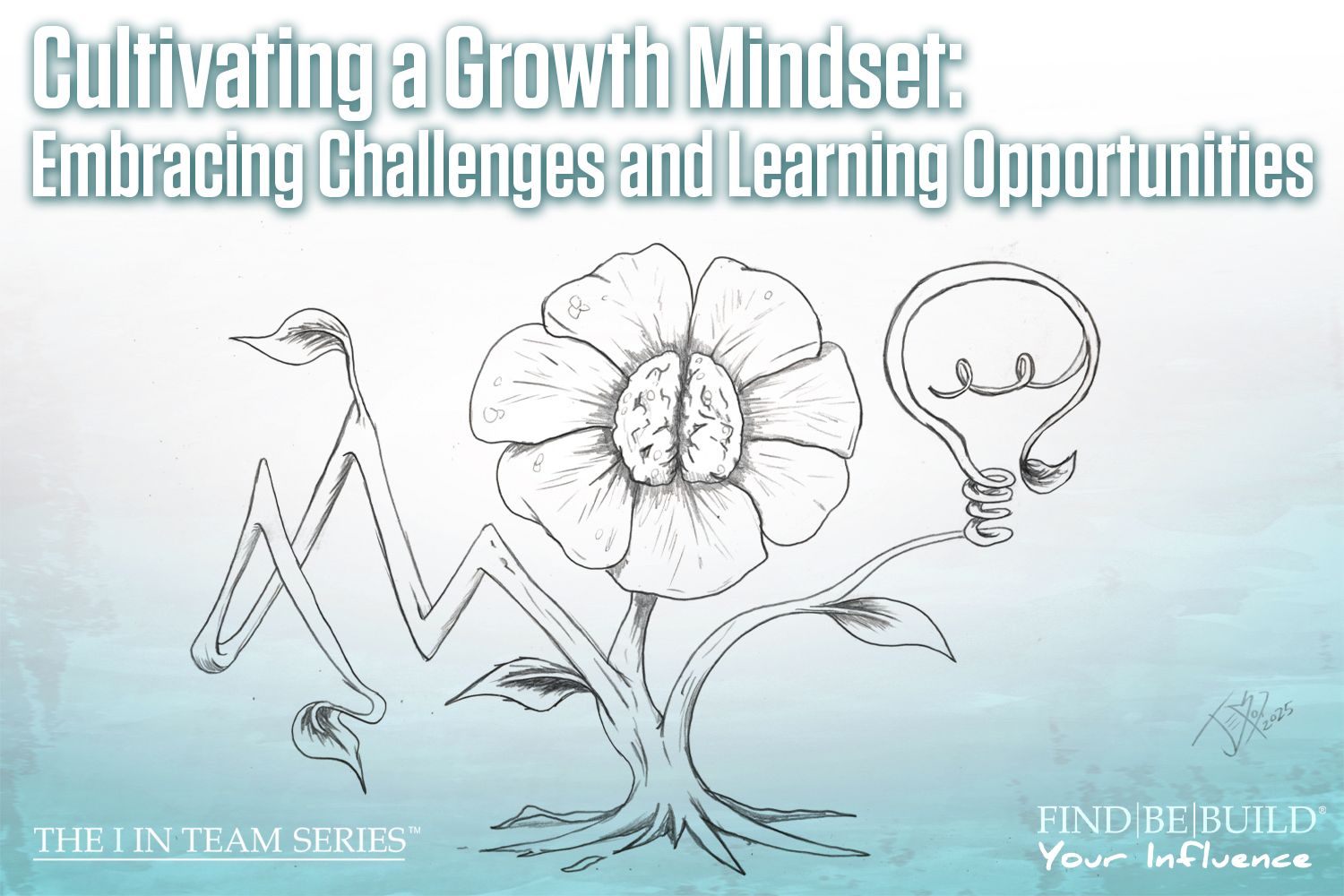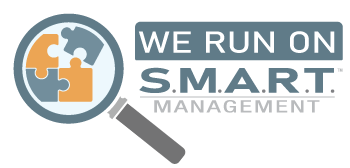Take the High Road

Business consulting strategies
Hi team! It’s your friend, Mary, with The I in Team Series where you can find, be, and build your positive influence. This week, I want to focus our attention on what it means to take the high road. Taking the high road is subjective to each of us; at The I in Team Series, we believe the high road is when you take the path that helps the most people and hurts the least amount of people. Sometimes taking the high road means leaving someone or something behind so you can continue to grow in your positive influence. It can mean swallowing your need to speak when the timing isn’t right or being patient while you give someone an extra five minutes of your time. Taking the high road is always taking the right road, but you must understand what that path means and how to find it.
Finding the High Road
The high road is always the right road, but sometimes finding it can be difficult. First, you must weigh the paths you have in front of you. Ask if these choices, and subsequent decisions, influence anyone other than you (most decisions do), and then ask which choice will produce the most positive influence. When taking the high road, remember to put yourself first if the decision will influence you the most. We believe that in order to give people your most positive influence, you must live life for yourself and put yourself first. Some may find this selfish; some will say this is taking the low road. Taking care of yourself so you can have a positive influence is anything but selfish. So, when considering the high road, you will need to take yourself into account first, and then evaluate which decision will positively influence the most people.
Making decisions can be difficult when you don’t know what the outcome will be, but you have to trust yourself to weigh the pros and cons and analyze the information you have. Be diligent and seek out more information and trust your instincts. Ask people you can trust for their opinion if you need an external source to weigh in. You may find that one day, you are walking on what you believe is the high road, but you may find yourself standing alone.
Walking the High Road
Walking the high road can be a lonely road, as most people find it difficult to take the high road. You may become unpopular and shunned by peers for the decisions you make in life, but if you know that it is your high road then you must stay true to yourself. Let’s digress to a story about a man named Nicolaus Copernicus, who was a mathematician and astronomer in the 1500s, and the first to suggest that the Earth and all the planets revolved around the sun, rather than the Earth being the center of our solar system. He made several great strides in astronomy, including correctly hypothesizing why planets go into retrograde.
However, this was at a time when everyone believed that the Earth was the center of the universe and that everything moved around a stagnant Earth. Copernicus was utterly rejected by society, thrown in prison, denounced by his faith, and all but killed for his ideas (which, most, were later proven to be true). At no point did Copernicus waiver from his findings, and he spent his life trying to help others see the truth about our world. He died being mocked and shunned by society and faith. We now know that the Earth does in fact revolve around the Sun. This is one of my favorite stories of human strength and will. It would have been easy to retract his statements to be accepted by society and his church, but he refused. He knew what was right and he died trying to teach others. There are high roads that you will walk alone, but you must keep empathy in your heart for those on the low road.
Observing the Low Road
Choose curiosity over judgement. Do not judge those who cannot see the high road, be curious as to why they can’t or why they refuse to walk it with you. Having empathy for those who are walking the low road is another form of taking the high road. Like Copernicus, the best you can do is speak what you believe to be true from your perspective. Educate others and encourage them to be curious. Do not view others as being judgmental when they ask questions in a tone that questions your position; appreciate that they are looking for knowledge and view them as curious, even if they can’t control their tone. Being on the high road means holding empathy for those who are not with you, whether they choose not to be or don’t know how. Just because others haven’t joined you on the high road yet, doesn’t mean they won’t. Taking the high road is the mark of a leader.
Conclusion
Taking the high road is always taking the right road. Whether it is to benefit yourself or to help others, your high road is always right. When faced with an opportunity to take the high road or the low road, envision your hands with one up and one down; the one up is the high road, the road that will bring the most positive influence to you or others, and the hand that is down is the low road, the road you take when you are not your best self (most likely to induce feelings of guilt later on). Taking the high road may seem scary, difficult, or impossible at times, but if Copernicus could do it in the 1500s, you can do it today.
